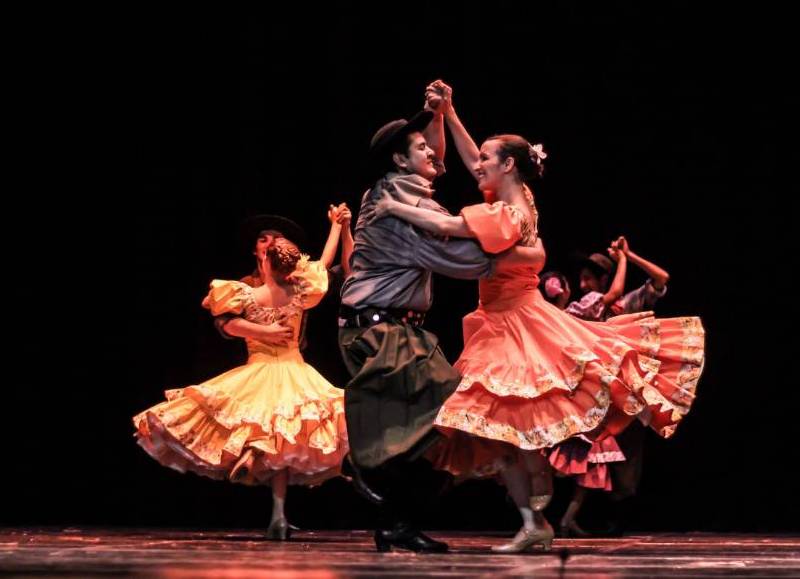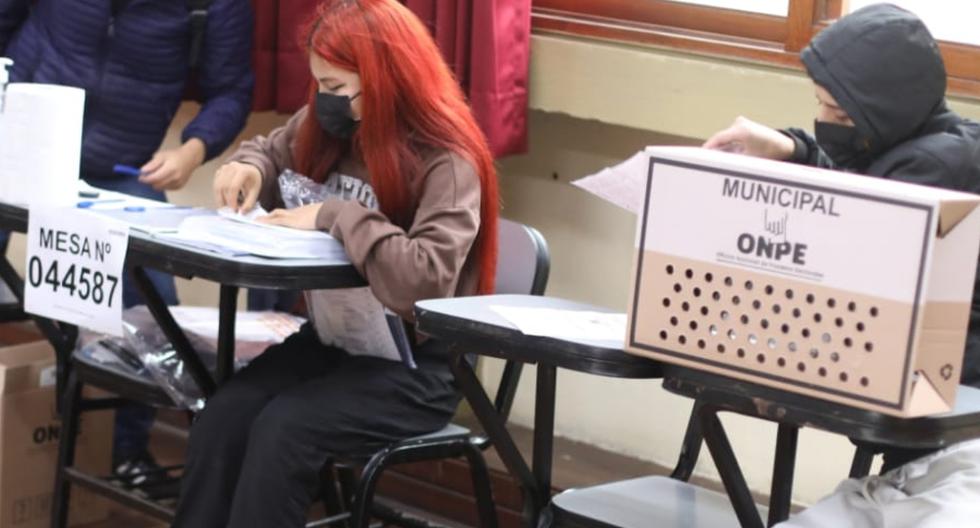The Corrientes rhythm that became a World Heritage Site
By : Christian Nielsen
The reference says that Samuel Aguayo was the first to pronounce the word “chamamé” and that from then on it would be incorporated into the Corrientes musical glossary in particular and Argentine folklore in general.
As in any anecdote of which there is no precise record, some prefer to distrust this etymological origin. But he can well be credited when Aguayo himself, in a conversation witnessed by the journalist and poet Néstor Romero Valdovinos -and who writes this- recounted the details of that genesis.
The creator of Floripamí, Oroité and a host of other Paraguayan folklore hits, emigrated to Argentina in the late 1920s. At that time, there was already a significant colony of nationals in Buenos Aires, a city embarked on a frenetic race for urban and real estate development that relied on a large Paraguayan workforce. Aguayo’s tenor voice, peppered with the Guarani language and the typical rhythms of the distant land, immediately won him massive acceptance. He was, perhaps, one of the first singers to popularize the radio as a means of artistic dissemination.
POLCA CHAMAME
What I am going to tell now has no other record than memory. Around 1970 I was an editorial assistant at La Tribuna, which had just been joined by Romero Valdovinos, recently repatriated from Argentina. Aguayo used to visit him very often in the newspaper, striking up conversations on many topics, almost all linked to the colony of compatriots in Buenos Aires, the Casa Paraguaya, festivals and musical contests.
On one occasion I heard Aguayo tell an anecdote linked to the birth of the chamamé as a distinctly coastal musical rhythm. I don’t want to betray my memories, but Aguayo said that performing before an audience from Corrientes, he announced the interpretation of a rhythm that he baptized as “pete í polka chamamé”, literally, a polka interpreted without too much rigor, in a hurry.
I suspect that this semantic definition must not be to the liking of Corrientes, who have turned the chamamé into an anthem of their beloved province. Celebrities such as Tránsito Cocomarola, Antonio Tarragó Ros and Ramona Galarza were in charge of elevating the chamamé to the highest musical heights, above all, in the powerful sound of the “cordiona” (piano accordion) which is its illuminating instrument.
FIRST RECORDING
By the 1930s, Samuel Aguayo was an inescapable reference for Paraguayan music in exile in Buenos Aires, along with other giants such as Félix Pérez Cardozo (Angelita’s Dream), Herminio Giménez (Song of my jungle), José Asunción Flowers (Ne rendá pe aju) and Mauricio Cardozo Ocampo (Chokokué Purahei). Giménez would end up settling in Corrientes, from where he would compose numerous folk songs and conduct his symphony orchestra.

















